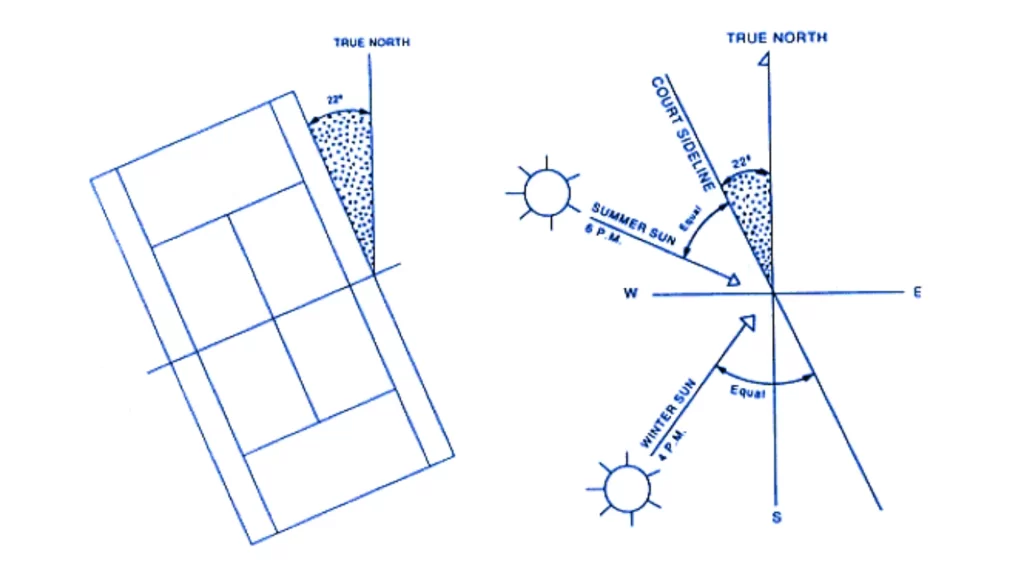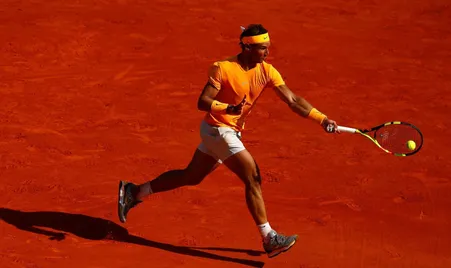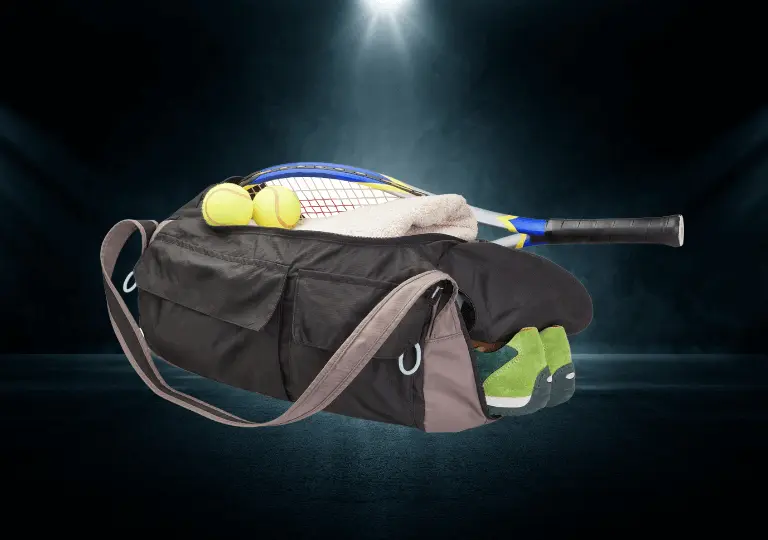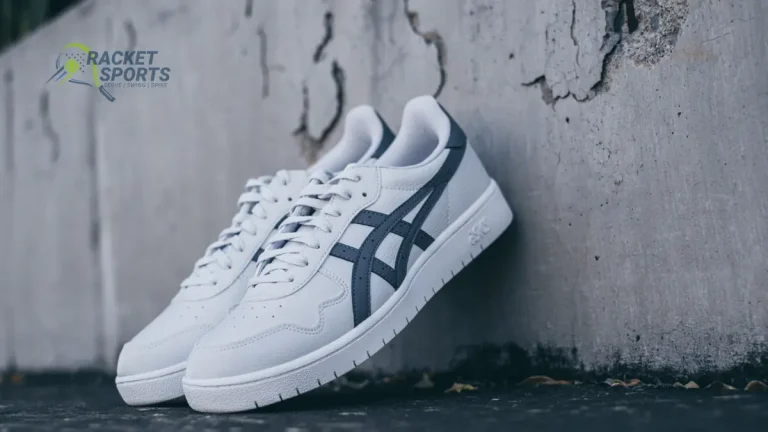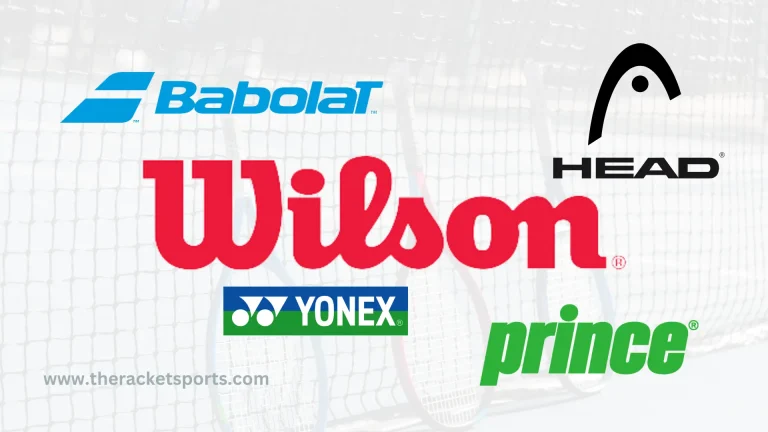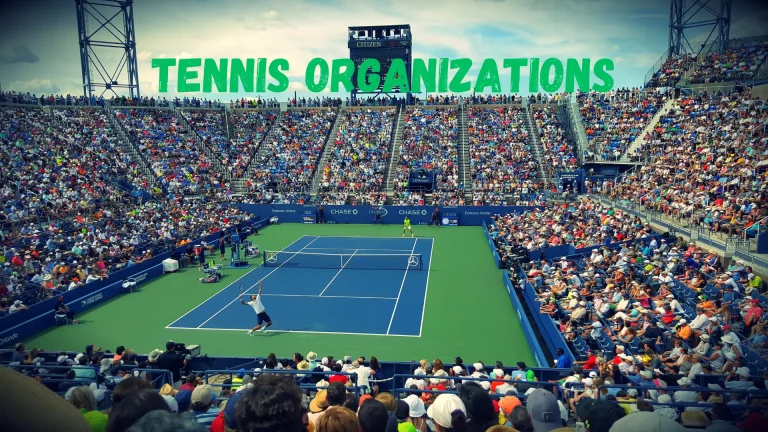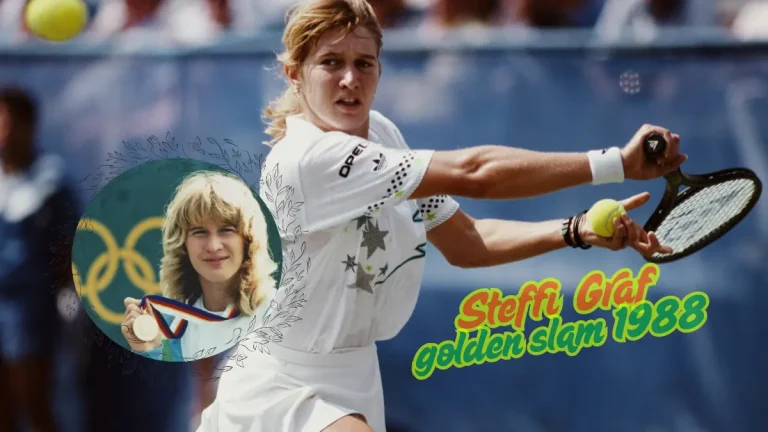How To Build A Tennis Court On A Budget-Reduce The Cost To Build A Tennis Court
A tennis court close at hand is the wish of every active tennis player. However, membership fees at tennis clubs and driving to public courts can add up.
How to build a tennis court starts with believing you can do it. Afterwards, other essential aspects are choosing a flat location with good drainage, installing a quality sub-base and court surface material, and properly maintaining the court over time.
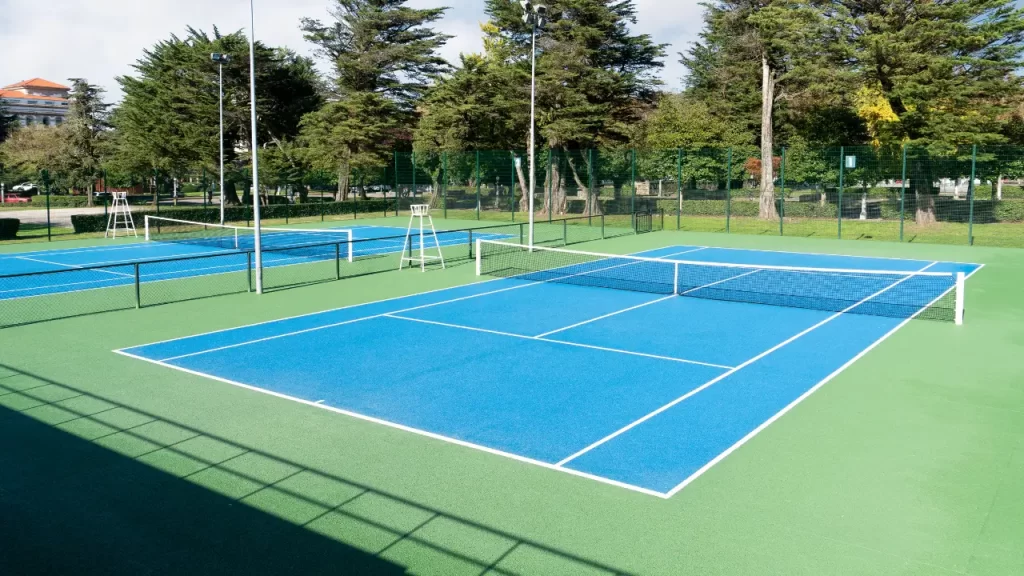
Therefore, tennis court installation allows you to play the game you love right at your place, on your schedule, and without ongoing expenses. Similarly, a personal tennis court is perfect for playing with friends, practicing your swing, and improving your game anytime you want.
With the help of this guide, you’ll learn how to build your tennis court, including the right size and materials, and how to make it functional.
How To Build A Tennis Court: Guide To Tennis Court Construction
A tennis court built from scratch requires careful planning and preparation before breaking ground. In short, plan, and you will avoid costly mistakes and build a quality tennis court for the long run. Let’s start your tennis court project off right with these considerations.
Optimal Locations
You should pick a flat area on your property with sufficient sunlight and adequate drainage for your tennis court. It means that a North-south orientation is ideal for even sunlight exposure.
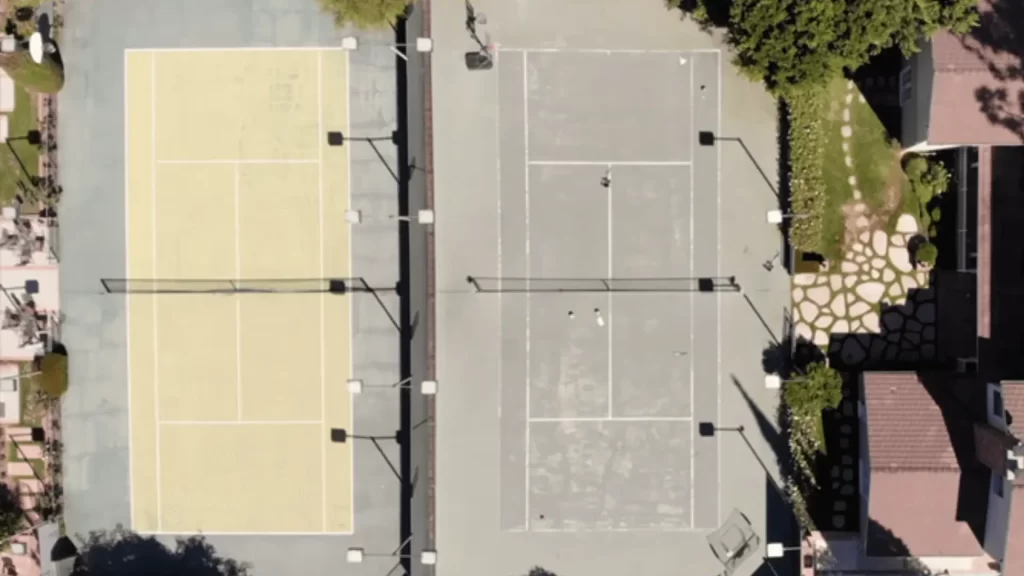
Furthermore, provide space for a full-sized or slightly smaller regulation court (78 feet by 36 feet), plus extra room for fencing, seating, etc. Also, check for overhead clearance for proper tennis play.
Soil Analysis
A stable, uniform soil base is key to a long-lasting tennis court. For this purpose, hire a geotechnical engineer to check the soil composition, compaction, organic content, and groundwater levels. As a result, it will be clear if the soil can properly support a tennis court or if modifications are needed, such as excavating and bringing in better soil.
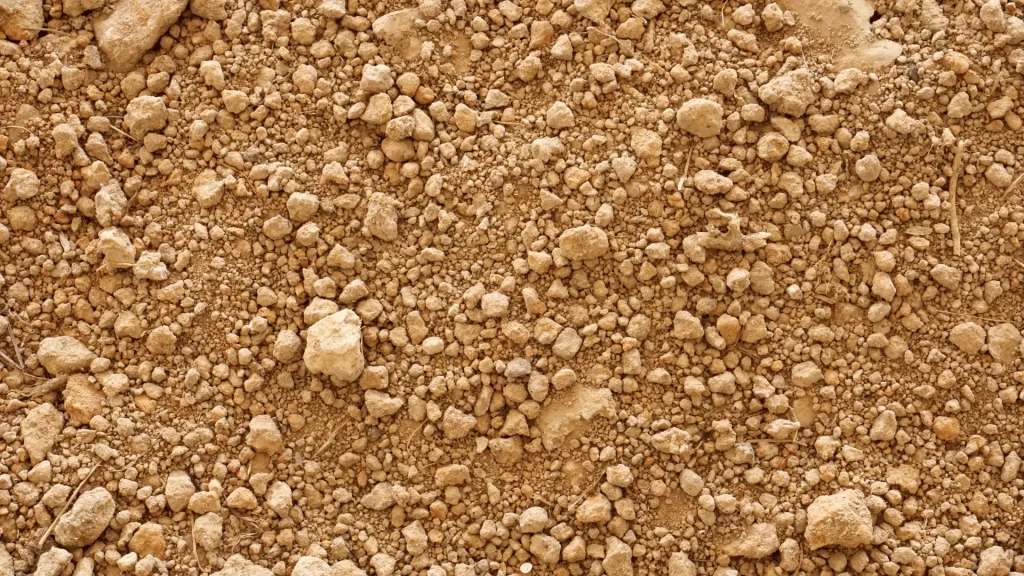
Note: Proper soil conditions prevent cracking and sinking.
Court Surface Materials
Tennis court surfaces are available in four main types, each with its pros and cons:
Asphalt
As with concrete, asphalt is resilient and low maintenance; however, it requires professional installation. Moreover, despite its durability and weather resistance, cracks are possible.
Concrete
Generally, the concrete surface material is long-lasting if installed correctly. Still, it does crack over time, just as any low-cost choice does.
Clay
Special materials and frequent maintenance will make a clay installation the most cost-effective. clay tennis courts are a kickstart for new players.
Grass
The grass surface is easy to maintain with regular mowing and edging, as well as the option to convert an existing lawn into a sports court.
Choose Features and Amenities
The following special features are worth considering when designing your tennis court:
- Fencing – Vinyl coated or chain link fencing provides safety and confines balls.
- Net Posts – Nets can be set up easily using permanent or portable posts.
- Lighting – Choose pole-mounted or building-mounted lights for nighttime tennis play.
- Wind Screens – Reduce wind interference on the tennis court.
- Court Surface Color/Markings – Typically, surface paint is green or gray, while line paint is white or yellow.
Invest in Tools and Equipment
A proper tool kit for each construction project is a necessity. The following items are a must-have while building a tennis court:
- Court surfacing/painting tools: squeegees, striping tape, chalk line, paving straightedge
- Earthwork tools: shovel, rake, wheelbarrow, tractor or skid steer loader
- Safety gear: gloves, eye protection, boots, hard hat
- Work vehicles: truck, utility vehicle/ATV for material transport
Expert Advice
Choosing a contractor to build your customized tennis court can be the difference between a dream and a reality. They grade the site, install drainage, and build a smooth playing surface.
Take note: for asphalt court installation, seek professional assistance, while for other surfaces, do it yourself under the supervision of an expert.
Read NOW: What Ad Court Means In Tennis? | Easy Guide 2025
Building Your Dream Home Tennis Court from the Ground Up-Tennis Court Installation
You can build a fully equipped tennis court that meets your needs as a tennis amateur. Below, our step-by-step guide will help you build a tennis court.
Step 1: Locating Ideal Locations
The first step in building your tennis court is selecting the ideal location. Here are a few key factors to keep in mind:
- Orientation – A north-south alignment allows even sun exposure, reducing squinting.
- Space – Build a 78×36 ft court plus fencing, seats, walkways, etc., behind the baselines and on the sides.
- Terrain – Check that the ground is flat, level, and adequately drains.
- Clearance – Trees and wires must not block the 21-foot overhead clearance.
- Access – Choose a spot that allows easy access to heavy machinery and materials.
Step 2: Groundwork and Foundation
A stable concrete foundation and good soil preparation are necessary for the installation of an aesthetically pleasing, durable court surface:
- Remove grass, roots, and debris from the area and dispose of organic material.
- Soil Compaction is key, so keep the dirt base slightly elevated.
- Stabilize the foundation by laying 4-6 inches of crushed stone or gravel as a sub-base.
- Place 4-6 inches of concrete over the compacted sub-base.
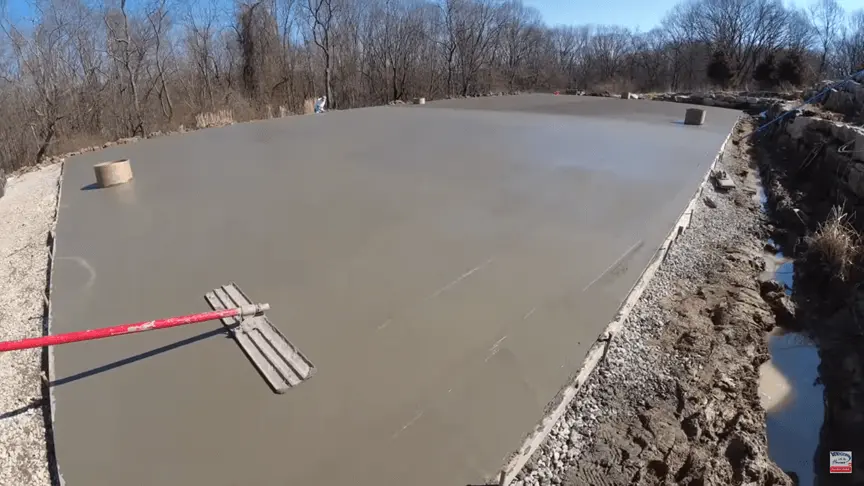
Step 3: Surface Material Installation
You’re ready to add your playing surface. The tennis surface needs special considerations as the whole performance depends on it. Check that the surface is smooth and level so the ball bounces appropriately.
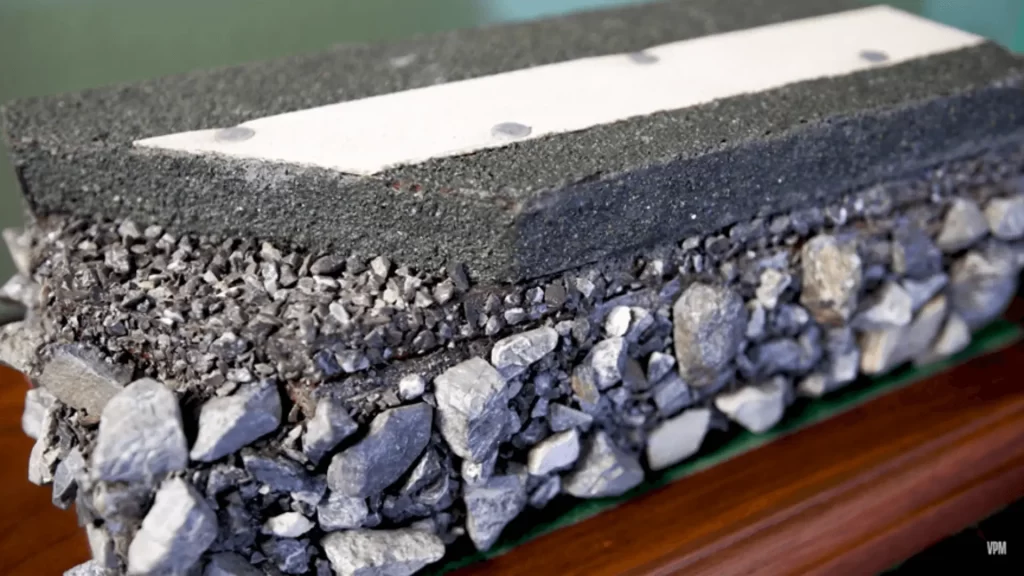
- Concrete and asphalt are top choices; concrete is more self-installable, but asphalt may need professional installation.
- On clay courts, spread 3-6 inches of crushed bricks over the sub-base before applying a thin layer of clay.
- Installation of synthetic turf on top of concrete is easy, with proper drainage underneath.
- Using a laser level, ensure an even plane when constructing the surface.
Step 4: Complementary Components
When you’ve got your surface in place, the finishing touches play a vital role in preventing future problems:
- Sink permanent net posts into concrete, centered between sidelines as per regulation.
- Chain link or vinyl-coated fencing are ideal options for containing balls.
- LED lighting works well at least 30 ft high to avoid glare.
- Add storage, benches, shade structures, and scoreboards to your court.
- Provide enough space beyond lines to allow maintenance access.
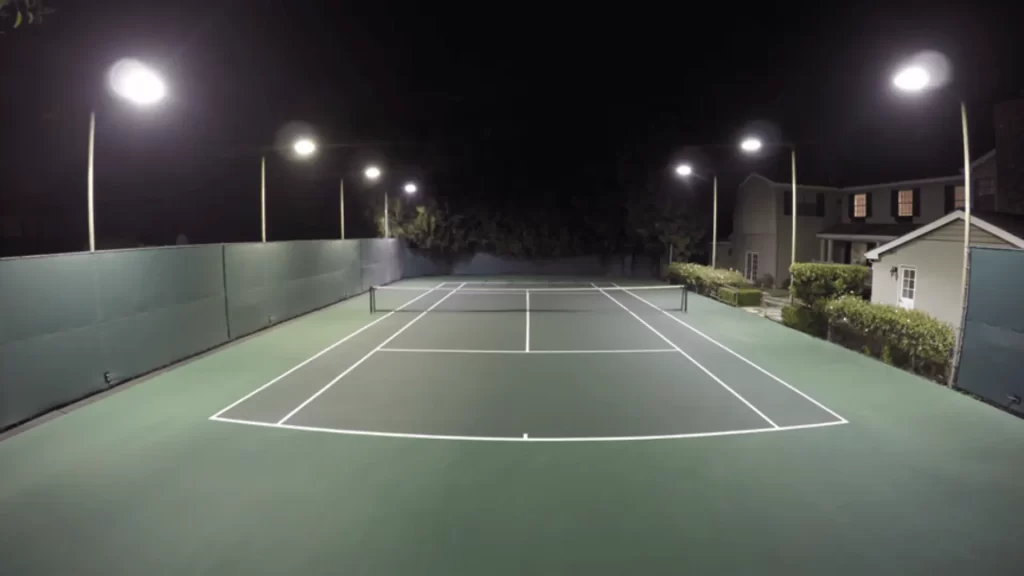
Step 5: Court Line Markings and Colors
Sharp, bright lines enhance the game’s appearance and provide essential gameplay references. Here are the steps to apply the all-important visual markings:
- Clean the surface thoroughly, then apply your choice of acrylic court color coating in green, gray, blue, etc.
- Painter’s tape keeps edges sharp when marking lines with chalk and straight edges.
- Mark tennis court dimensions with crisp white or yellow lines.
- Immediately remove masking tape after painting each line to prevent seepage bleeding.
- Allow the paint to cure fully, at least 24 hours, before playing on the new surface.
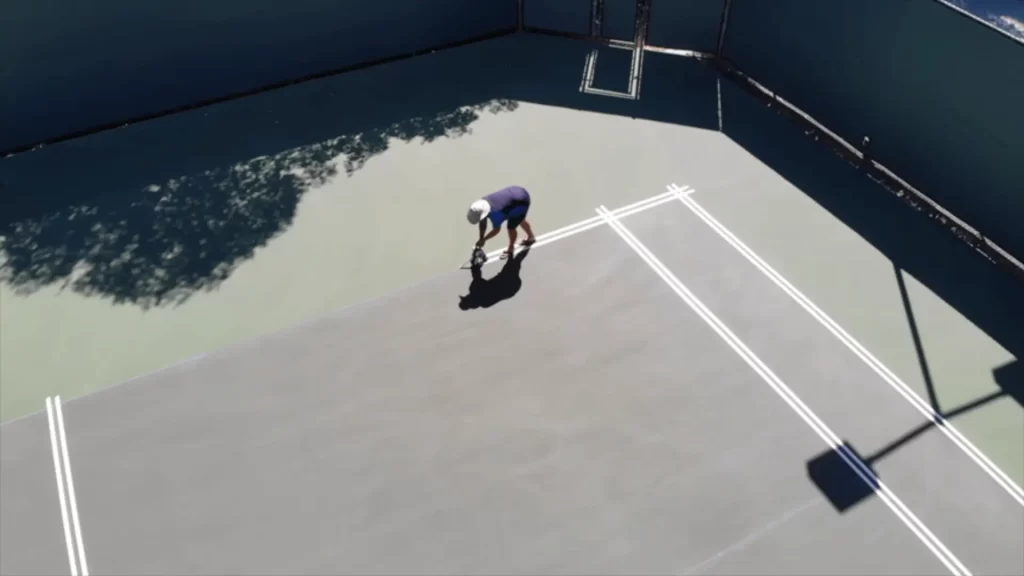
Step 6: Net Installation
Here’s how to set up your net so that you can start serving and volleying.
- Measure and mark the center point along the service line to position the net post.
- Secure the post sleeve with bolts into the footing after sinking into concrete.
- Insert the net post into the sleeve. Stretch the net tautly from post to sidelines.
- Check height – 42″ at posts, 36″ center height with tensioning straps/cables.
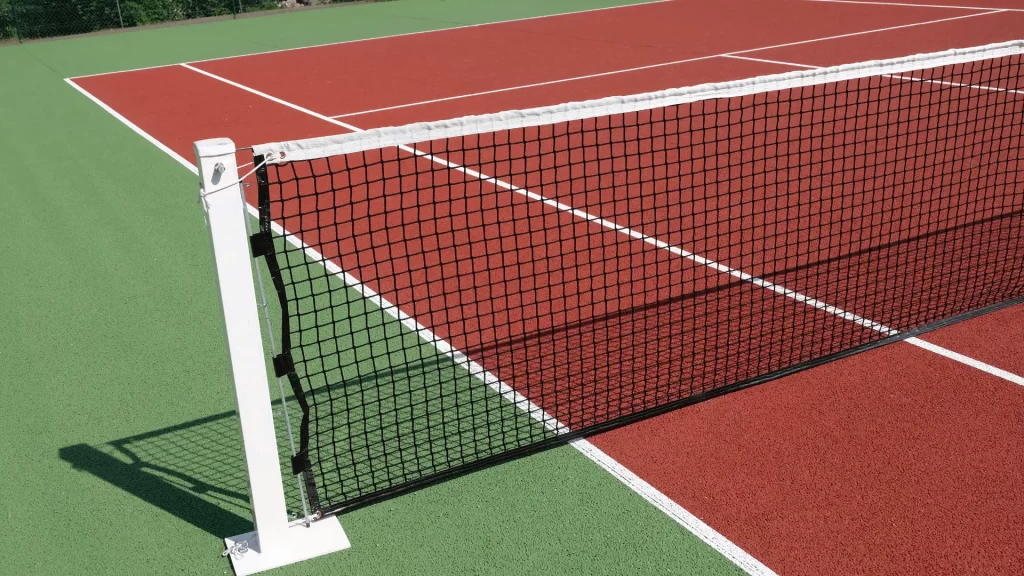
Tennis Court Maintainance
You can enjoy your tennis court for years with proper care and maintenance. Tennis court maintenance can be done either manually or by hire experts for it.
- Repair cracks and damage quickly and wash the roof once a year.
- In shaded areas, moss and mildew can take root if not removed.
- When line paint fading appears, reapply the color coating.
- As needed, adjust and reinforce net tension and post stability.
- Allow the court surface to dry out after rains before resuming play.
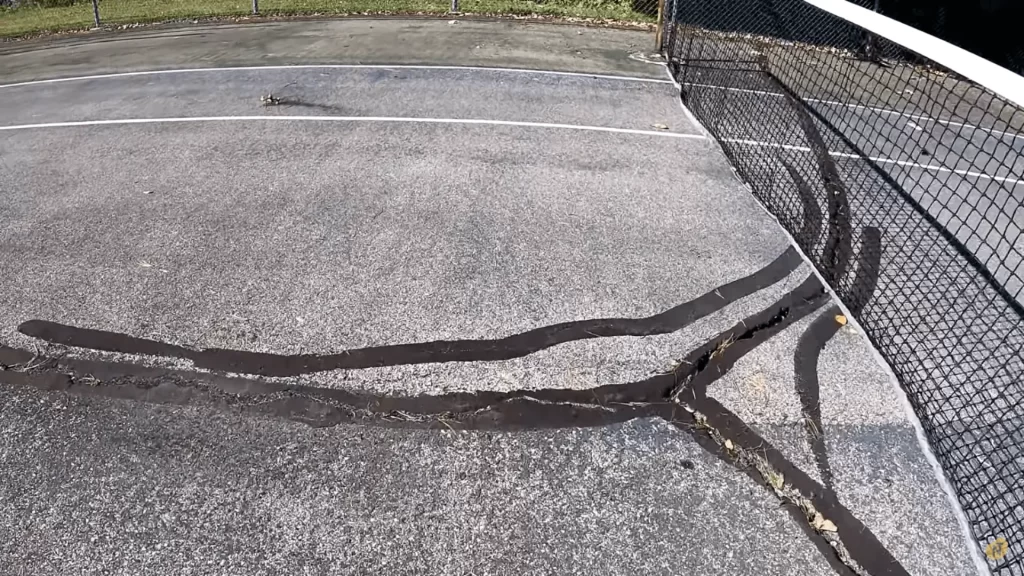
Tennis Court Installation Cost-Tennis Court Cost and Budget
The installation cost of a tennis court depends on many factors, including the materials used for the luxurious surface. budgeting for a tennis court surely depends upon your choice of material, type of court, and the game level you want to play. Moreover, as an intake, the average cost of a tennis court ranges from $15,000 to $150,000. Still, how much it costs still depends on your taste. Here are a few dependable factors:
- A grass court is the best choice for a natural-looking tennis court, and the price to install it ranges from $45,000 to six figures.
- A tennis court that requires little upkeep, such as one made of artificial grass, costs $75,000 to $100,000 on average.
- Tennis courts with concrete surfaces are too expensive; they usually cost between $600,000 and $100,000.
- Adding an artistic touch to your tennis court requires a landscape architect, which costs less.
- A long-lasting tennis court requires high-quality building materials, but installation will cost extra.
- The cost of hiring a professional in addition to a tape-lining machine is another consideration.
Bottom Line
Want to start playing tennis on your very own private court this season? Discover how to build a tennis court and start immediately with the step-by-step instructions and expert advice you need.
FAQs
Is it possible to construct a tennis court out of concrete?
Yes, using reinforced concrete material makes it possible to build a tennis court out of the concrete material.
How do I build a tennis hard court?
Tennis hard courts with medium to fast playing speeds are typically made of concrete or asphalt surfaces with synthetic layers.
How many types of tennis courts?
There are four different types of tennis courts: hard, clay, asphalt, and grass. Additionally, every type has unique playing qualities.
What is the minimum length of a tennis court?
According to professionals, a tennis court must be at least 120 feet in length and 60 feet in width, totaling 7200 per square foot.
What is a Tennis Court cost?
The cost of building a tennis court varies from court to court. starting from $40000 it can go up to $100000.


